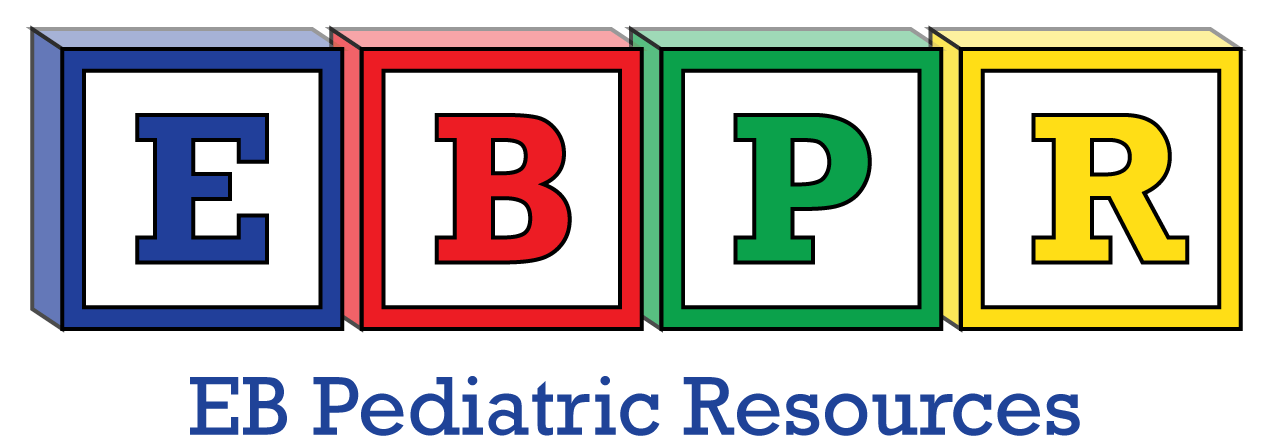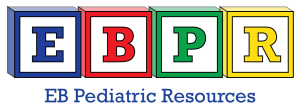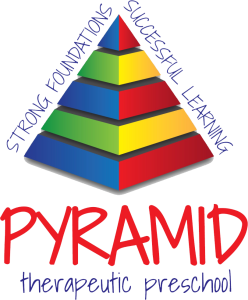During this stressful time, some suggestions from EBPR’s staff might be helpful for your families. Today’s suggestion is “structure” and I hope you find this helpful.
Tip# 1: STRUCTURE
All children–whether typically or atypically developing–need to know what will happen next. Since the typical routine has been disrupted, set up a routine for your children that will bring in as many components of the classroom routine as possible. This will help prevent anxiety, negative behaviors, and keep things running more smoothly for you.
Set up a visual schedule:
a. a white board with pictures on it (velcro is a great way for children who seek sensory information can be motivated to use the schedule) or simply a list written and taped to the refrigerator. Use pictures or words depending on your child’s level of development. Your child can help pick out the pictures that mean the most to him/her.
b. include known activities that the children can regulate around such as breakfast time, free play, table play (good time to do academic activities), lunch time, TV time, nap time , etc.
c. put each picture on in order and have the child pull the picture of the activity that is current; when that activity is finished then the picture can be put in an envelope to show it’s over. At the end of the day, pull out all the pictures and repost for the next day.
*Use familiar cues to help children regulate.
c. songs: music is a GREAT way to get a child’s attention and organize him/her. Sing anything–just create a song to sing to help your child get through changing clothes, bath-time, or clean up time. We use the “clean-up song” to let children know it’s time to finish an activity and clean up the toys in preparation for a transition. They will definitely recognize this song and the familiarity will comfort them. (If you don’t know the song, I’m happy to sing it to you–my repertoire includes the most irritating favorites such as Baby Shark, Old MacDonald’s, etc.—happy to share!)
f. verbal cues: during class, we use verbal cues along with the picture schedule. For instance, get into the habit of telling your child to “check the schedule” and “what’s next?” then have him/her pull the picture off of that specific activity and post it until the activity is done, then say “all done” very clearly and have your child put the picture in the ‘all-done-envelope.”
*Maintain sleep/feed routines
g. regulatory status: regulation is based on consistency of feed/sleep routines. The best way to keep everyone, child and adult alike, is to maintain a regulated routine. Do your best to keep them on the same schedule regardless of whether they are home or at school/daycare.
I hope this was helpful!
Keep healthy and stay positive.
Elizabeth



